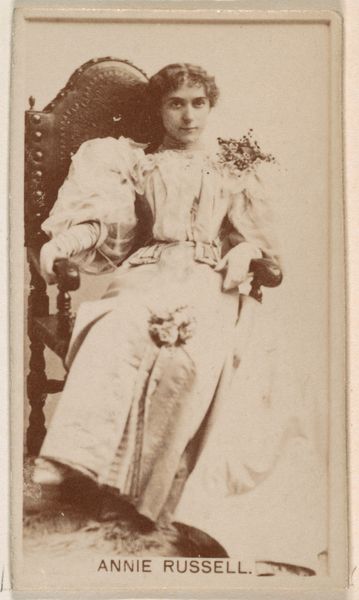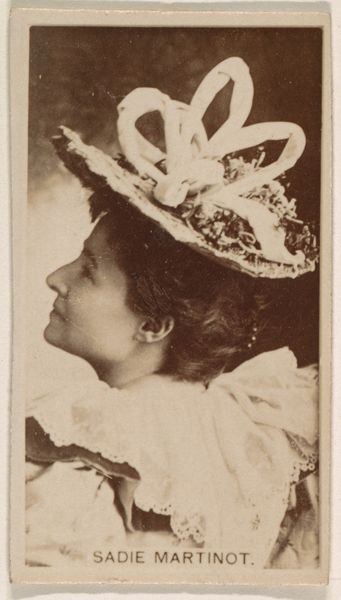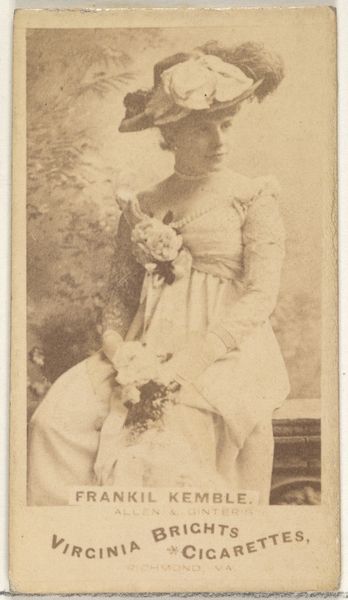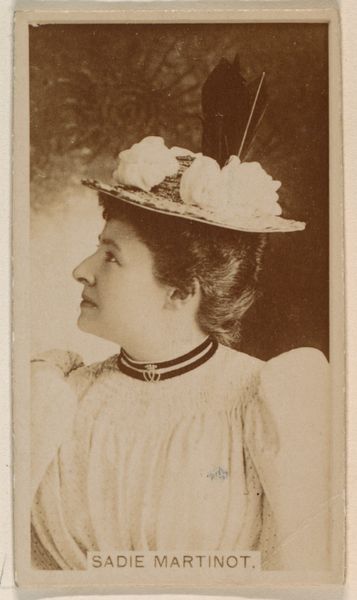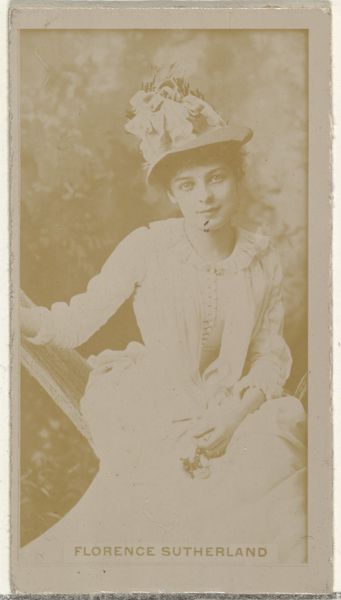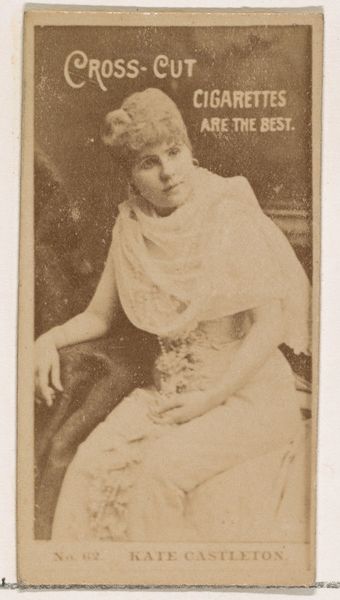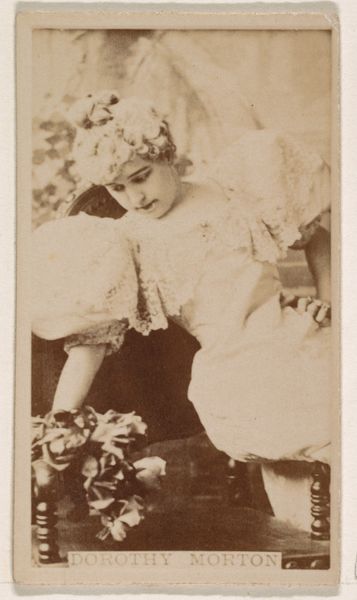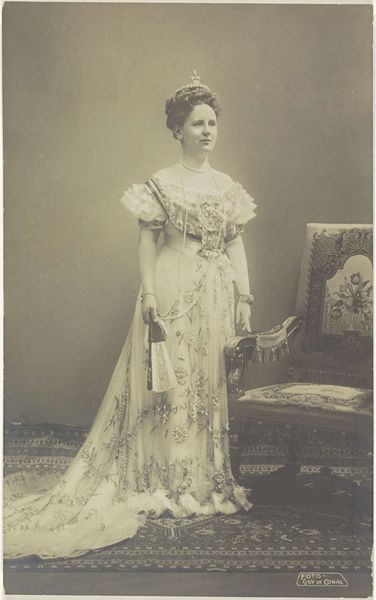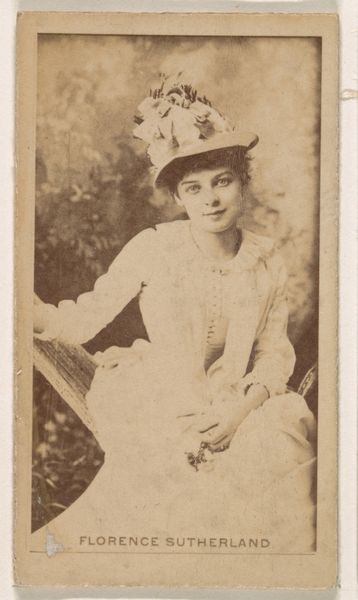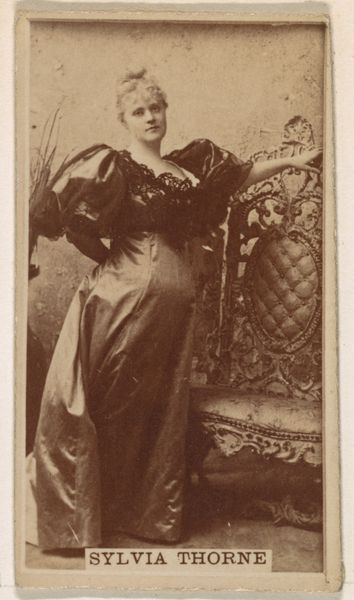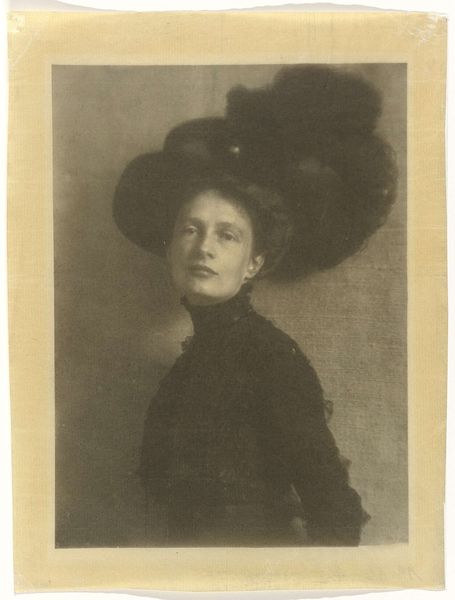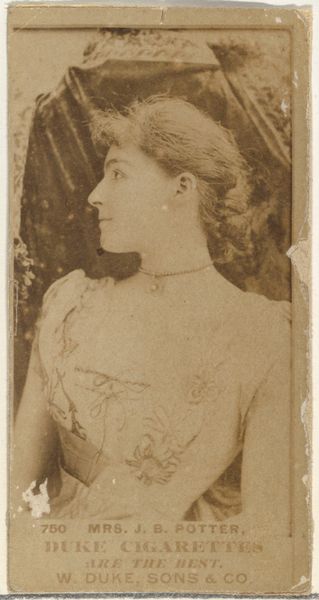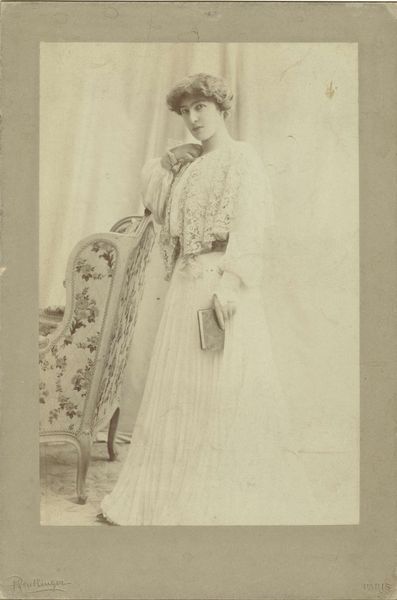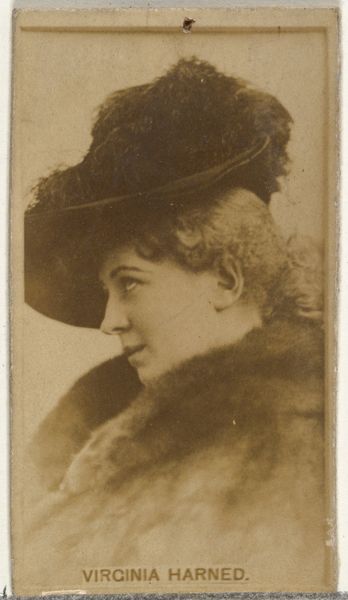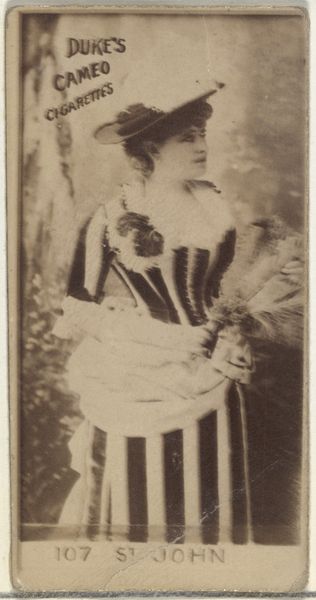
photography
#
portrait
#
pictorialism
#
photography
#
historical photography
#
realism
Copyright: Public domain
Editor: This is "Danish Girl" by Alice Boughton, created around 1909. It's a beautiful photograph. The subject's gaze is so direct and contemplative. What do you make of it? Curator: What strikes me is the title itself. Why "Danish Girl"? What does that label do to our reading of the photograph? Boughton was part of the Pictorialist movement, where photography aspired to the status of painting. Editor: So the focus isn’t really about accurate representation of a Danish woman? Curator: Precisely! Pictorialism often used soft focus and manipulated printing processes, as you see here, blurring the line between reality and artifice. In this historical context, think about how notions of national identity were being constructed and consumed. The “Danish Girl” becomes a type, an ideal, more than an individual. How do you think the framing of nationality plays into that? Editor: It's like she’s performing "Danishness," or perhaps what Boughton thought Danishness to be? The lace and the headpiece read as symbolic of status. It becomes more about Boughton's interpretation and less about an actual individual. Curator: Exactly. The museum and the photographer act as powerful lenses, shaping not only the image but also its cultural significance and understanding. The photograph enters the public sphere laden with socio-political meaning, intended or otherwise. And Boughton's status as a female photographer further complicates that dynamic. Editor: So much to unpack. Thanks for putting the artwork in context and explaining that history of photographic representation. Curator: Indeed! Thinking about the socio-historical forces at play makes even a simple portrait a deeply layered cultural artifact.
Comments
No comments
Be the first to comment and join the conversation on the ultimate creative platform.
